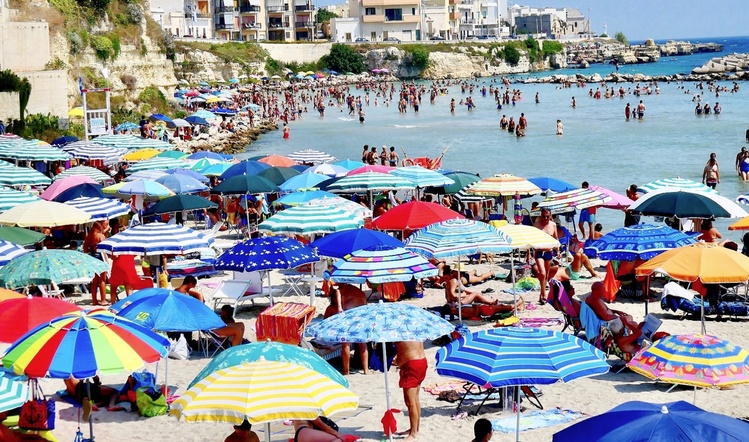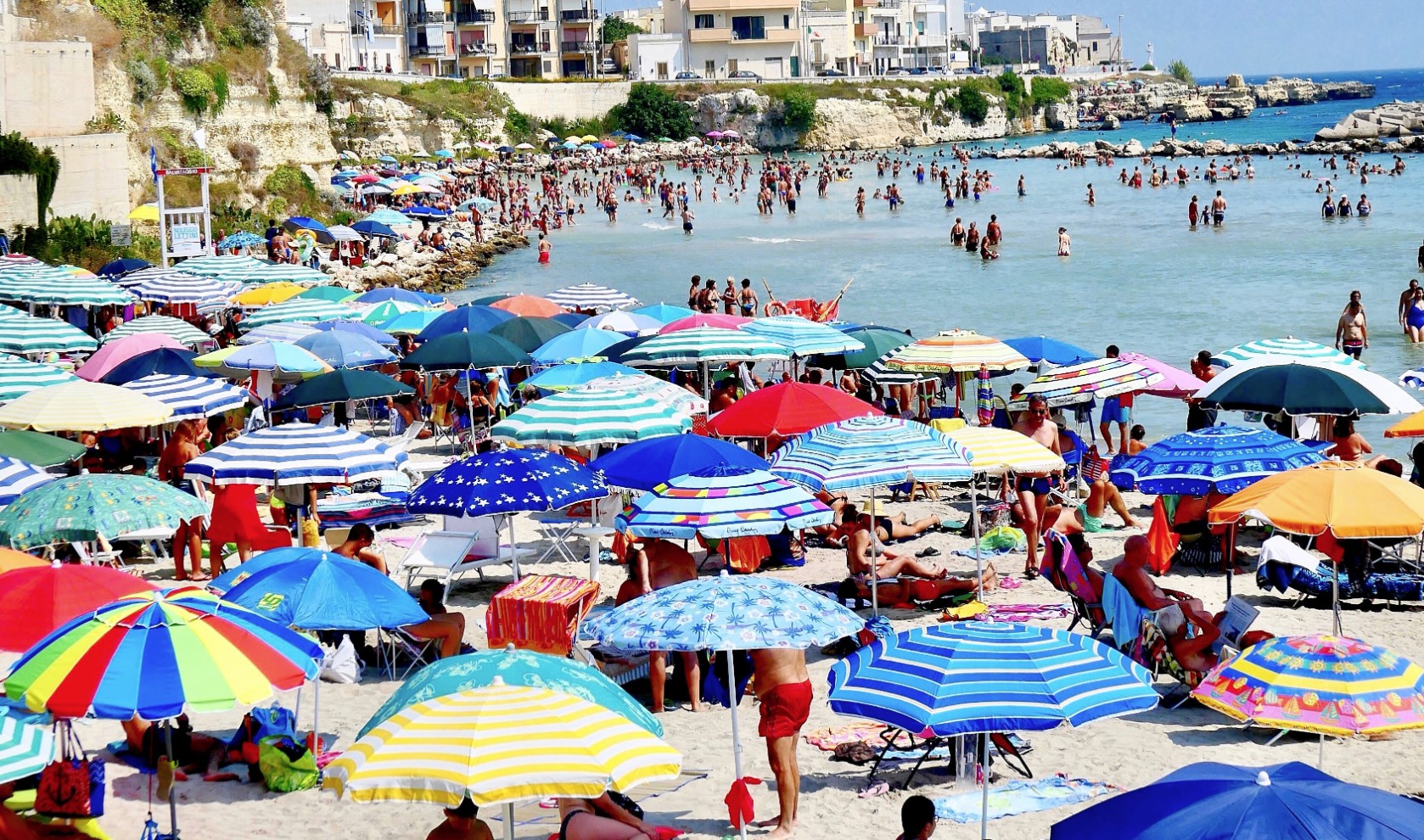It has great cultural and historical significance and is deeply rooted in Italian life.
The origins of Ferragosto date back to ancient Rome, when Emperor Augustus introduced a day of rest known as Feriae Augustii in 18 BC to celebrate the harvest on August 1 each year.
Today, however, the holiday coincides with the religious feast of the Assumption of Mary, which is celebrated on the 15th of the same month.
During the fascist period, authorities organised special activities such as the so-called “Ferragosto trains” with discounted tickets that took people on vacation for three days, August 14-16.
For many Italians, the concept of Ferragosto goes far beyond August 15. It can also mean 2-3 weeks of vacation in August, with stores and services closed in the cities while normal residents go to the sea or mountains to escape the summer heat and relax.
As a result, cities seem strangely empty, especially to foreign tourists who often do not understand why, sometimes making them feel abandoned in the urban heat.
During Ferragosto, Italians take advantage of the summer weather to engage in various outdoor activities. Beaches, parks and lakes become popular destinations for relaxing and enjoying the vacation with family and friends.
Besides the recreational aspect, Ferragosto is also synonymous with delicious food as Italians celebrate with a feast of traditional dishes.
Fresh ingredients are used in abundance in the recipes.
Depending on the region, a typical Ferragosto menu may include dishes such as grilled vegetables, bruschetta with ripe tomatoes, ham with melon and various salads.
And let’s not forget desserts, which play an important role in Ferragosto celebrations.
To beat the summer heat, traditional specialties such as fruit tarts, ice cream and granitas are enjoyed.
In Sicily, a well-known dessert that is eaten at Ferragosto is Gelu di muluni.
It is a type of pudding made from watermelon pulp, sugar and starch, to which spices and other ingredients can be added.
Overall, Ferragosto in Italy represents a perfect blend of relaxation, celebration and culinary delights, allowing Italians to embrace the essence of summer and enjoy the company of loved ones while savouring the richness of their culinary traditions.












